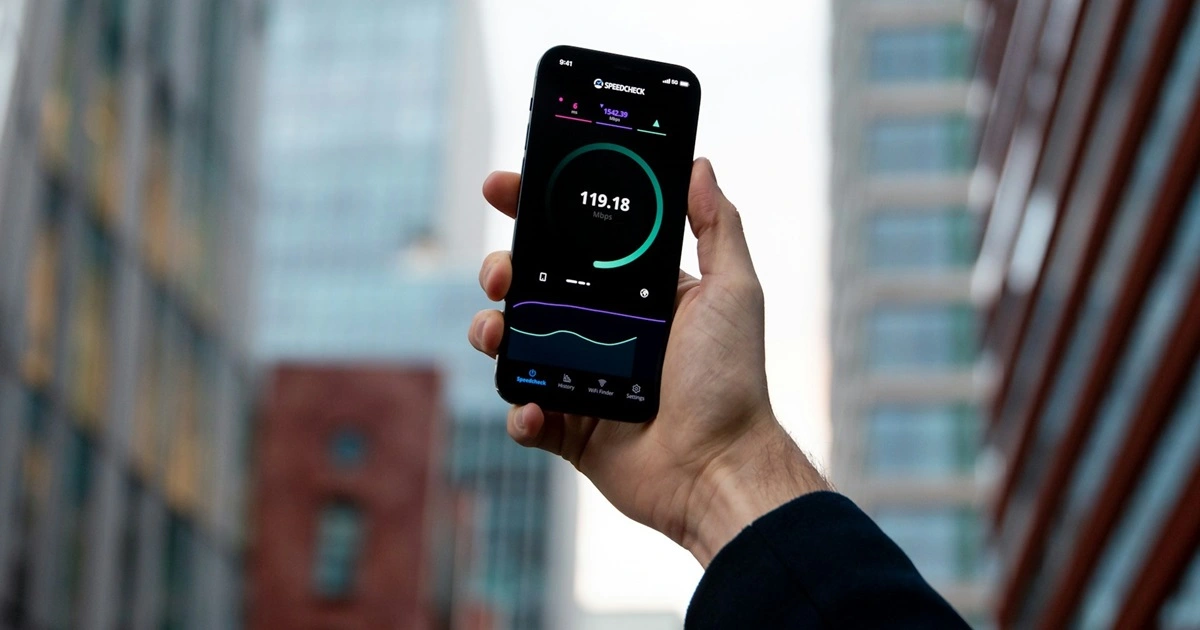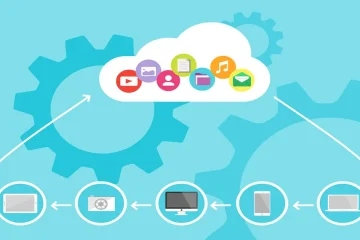The advent of 5G technology is set to revolutionize the mobile landscape, bringing unprecedented speed, reliability, and connectivity. As 5G networks roll out globally, mobile app development is poised to undergo significant transformations. This blog post explores the impact of 5G on mobile app development, highlighting how this next-generation technology is influencing app performance, user experiences, and innovation.
What is 5G?
5G, the fifth generation of wireless technology, promises to deliver faster speeds, lower latency, and greater capacity than its predecessors. With theoretical download speeds reaching up to 10 Gbps and latency as low as 1 millisecond, 5G networks can handle more connected devices and data-intensive applications seamlessly. These advancements open up new possibilities for mobile app developers and users alike.
How 5G is Transforming Mobile App Development
1. Enhanced Speed and Performance
One of the most significant benefits of 5G is its blazing-fast speeds. This improvement in speed enhances the performance of mobile apps, enabling them to load faster and operate more smoothly. Users can download and upload large files, stream high-definition videos, and access cloud-based applications without the frustrating delays associated with slower networks. For developers, this means creating apps that deliver a more responsive and fluid user experience.
2. Reduced Latency
Latency, or the delay before data transfer begins following an instruction, is drastically reduced with 5G. This low latency is crucial for applications that require real-time interactions, such as online gaming, augmented reality (AR), and virtual reality (VR) apps. Developers can now create immersive experiences with minimal lag, ensuring that user actions are reflected instantaneously within the app. This capability is particularly transformative for applications in gaming, remote collaboration, and telemedicine.
3. Increased Device Connectivity
5G networks can support a massive number of connected devices simultaneously. This capability is essential for the growth of the Internet of Things (IoT) ecosystem. Developers can create more sophisticated IoT applications that interact with multiple devices in real time, enabling smart homes, connected cars, and industrial automation. The increased connectivity also allows for more robust data collection and analysis, driving advancements in machine learning and artificial intelligence (AI).
4. Enhanced AR and VR Experiences
AR and VR technologies are set to benefit immensely from 5G. The high bandwidth and low latency of 5G enable more realistic and interactive AR and VR applications. Developers can create richer, more immersive experiences that blend the digital and physical worlds seamlessly. For example, AR apps can provide real-time overlays of information in a user’s environment, while VR apps can offer more engaging and responsive virtual environments for gaming, training, and simulations.
5. Improved Cloud Integration
5G’s high-speed connectivity facilitates better integration with cloud services. Mobile apps can leverage cloud computing for data storage, processing, and analytics without compromising performance. This shift reduces the need for powerful on-device hardware, allowing developers to build lighter and more efficient apps. Cloud-based apps can also update and sync data in real time, ensuring users always have access to the latest information and features.
6. Enhanced User Experiences
With 5G, developers can focus on creating richer user experiences. High-definition video streaming, real-time collaboration tools, and advanced AI-powered features become more viable. For instance, video conferencing apps can provide higher quality video and audio, making remote communication more effective. AI-driven apps can offer more accurate recommendations and personalized experiences by processing data faster and more efficiently.
7. New Business Models and Opportunities
The capabilities of 5G open up new business models and opportunities for app developers. Enhanced connectivity and performance can drive the adoption of subscription-based services, on-demand applications, and immersive experiences. Industries such as healthcare, education, entertainment, and retail can explore innovative use cases, such as remote surgeries, virtual classrooms, interactive entertainment, and personalized shopping experiences.
Real-World Applications of 5G in Mobile App Development
Healthcare
In healthcare, 5G can enable real-time remote monitoring and telemedicine services. Mobile health apps can facilitate live consultations, remote diagnostics, and even remote surgeries with minimal latency. This enhances patient care, especially in rural and underserved areas.
Education
Educational apps can leverage 5G to provide interactive and immersive learning experiences. Virtual classrooms, augmented reality lessons, and real-time collaboration tools can make learning more engaging and accessible for students worldwide.
Entertainment
The entertainment industry stands to gain significantly from 5G. Streaming services can offer ultra-high-definition content with no buffering, while gaming apps can provide seamless online multiplayer experiences. AR and VR entertainment apps can deliver more interactive and captivating experiences.
Retail
Retail apps can utilize 5G to offer personalized shopping experiences through AR. Customers can virtually try on clothes, preview furniture in their homes, and receive real-time recommendations based on their preferences and behavior.
Conclusion
The advent of 5G technology is set to revolutionize mobile app development, offering enhanced speed, reduced latency, increased connectivity, and new possibilities for innovation. As 5G networks continue to expand, developers have the opportunity to create more immersive, responsive, and efficient applications that transform how we live, work, and play. Embracing 5G technology will be crucial for developers looking to stay ahead in the rapidly evolving mobile landscape and deliver next-generation experiences to users worldwide.





